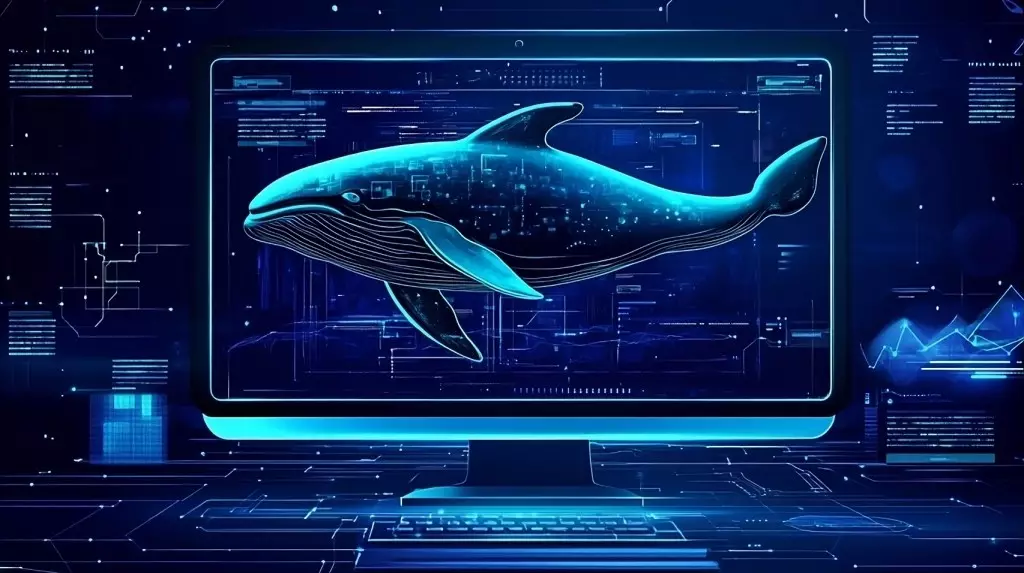Artificial Intelligence (AI) is undergoing a revolutionary transformation that marks a departure from conventional methodologies. The recent advancements, particularly exemplified by DeepSeek’s innovative breakthrough, signal a pivotal moment in AI development. Unlike past trends that hinged on the relentless pursuit of more powerful computing resources, this new direction emphasizes a reconfiguration of how AI systems interact with human cognition and the environmental landscape. Many experts, including those at the NeurIPS conference, suggest that the implementation of sophisticated reasoning processes is now at the forefront.
This philosophical shift towards a “reasoning renaissance” implies that AI’s future lies in its ability to mimic human-like understanding and problem-solving approaches. Projects like DeepSeek and OpenAI’s o1 illustrate a significant pivot away from merely scaling up models to enhancing their architectural intelligence. The effect of this innovation could very well redefine expectations not only for developers but for users as well.
The Rise of Human-Centric AI Designs
At the heart of this evolution is the realization that high-performance AI does not necessitate the latest and most advanced hardware. DeepSeek’s R1 model serves as a case in point; it has achieved levels of performance comparable to market leaders like OpenAI but at a fraction of the financial investment required. This revolutionary approach highlights a broader consensus among researchers that as we advance technologically, there is diminishing return from simply expanding computational power, especially given the constraints posed by available data online.
Moreover, the significance of this transformation cannot be overstated. The infusion of “Aha!” moments, akin to those experienced by humans when re-evaluating solutions, in AI models opens avenues for applications that extend from environmental assessments to healthcare solutions. Such development fosters a collaborative relationship between human insight and AI capabilities, rather than viewing them as mutually exclusive entities.
This promising landscape is already yielding tangible outcomes. Innovations such as Meta’s upgraded Ray-Ban smart glasses, which seamlessly facilitate conversations without wake words and support real-time translation, epitomize the potential of AI systems that enhance human interaction. It marks a shift from extensive model training focused solely on algorithmic abilities towards initiatives that leverage AI for practical, human-centered tasks.
Nevertheless, the surge in AI efficiencies introduces potential complexities, particularly regarding environmental impacts. For instance, while more efficient methodologies in training could theoretically decrease energy consumption, counterintuitive trends like Jevons Paradox warn us that increased efficiency might lead to escalated resource usage. As more firms adapt these innovative practices, there might be an unintended spike in AI deployments, further taxing ecological resources.
Yet, DeepSeek’s progress challenges this trend by demonstrating that meaningful efficiency gains can be realized without requiring cutting-edge machines. This pivot signifies a rise in innovative designs that prioritize system functionality and environmental sustainability without sacrificing performance.
In light of these developments, experts are urging a reevaluation of how AI systems are conceived and implemented. As highlighted by UCLA professor Guy Van Den Broeck, the assumption that costs associated with language model reasoning will decline is overly simplistic. The environmental ramifications of large-scale AI systems necessitate a deeper scrutiny of our technological choices, suggesting we embrace efficiency in smarter, more holistic ways.
As we look toward the future, the narrative is shifting from grandiosity—”bigger is better”—to one of creativity and sustainability. Organizations should place renewed emphasis on building architecture that ideally balances computational demands with environmental stewardship. This vision comprises deploying interconnected AI agents specialized in distinct tasks, selectively investing resources to optimize performance with minimal resource consumption, and fostering human-led iterative development processes.
The excitement surrounding DeepSeek’s breakthrough embodies a fresh narrative for the AI field, where creativity, efficiency, and sustainability converge. This transformative moment challenges both startups and established enterprises to explore innovative pathways that diverge from the traditional methodologies. We now stand at the threshold of a potential renaissance in AI—a moment ripe for engaging human intelligence through AI in meaningful and environmentally-informed ways. The future is not merely about enhancing capabilities; it is about building a foundation where technology and humanity coexist in a symbiotic relationship, ultimately channeling AI’s vast potential to foster solutions for some of the world’s grandest challenges.


Leave a Reply